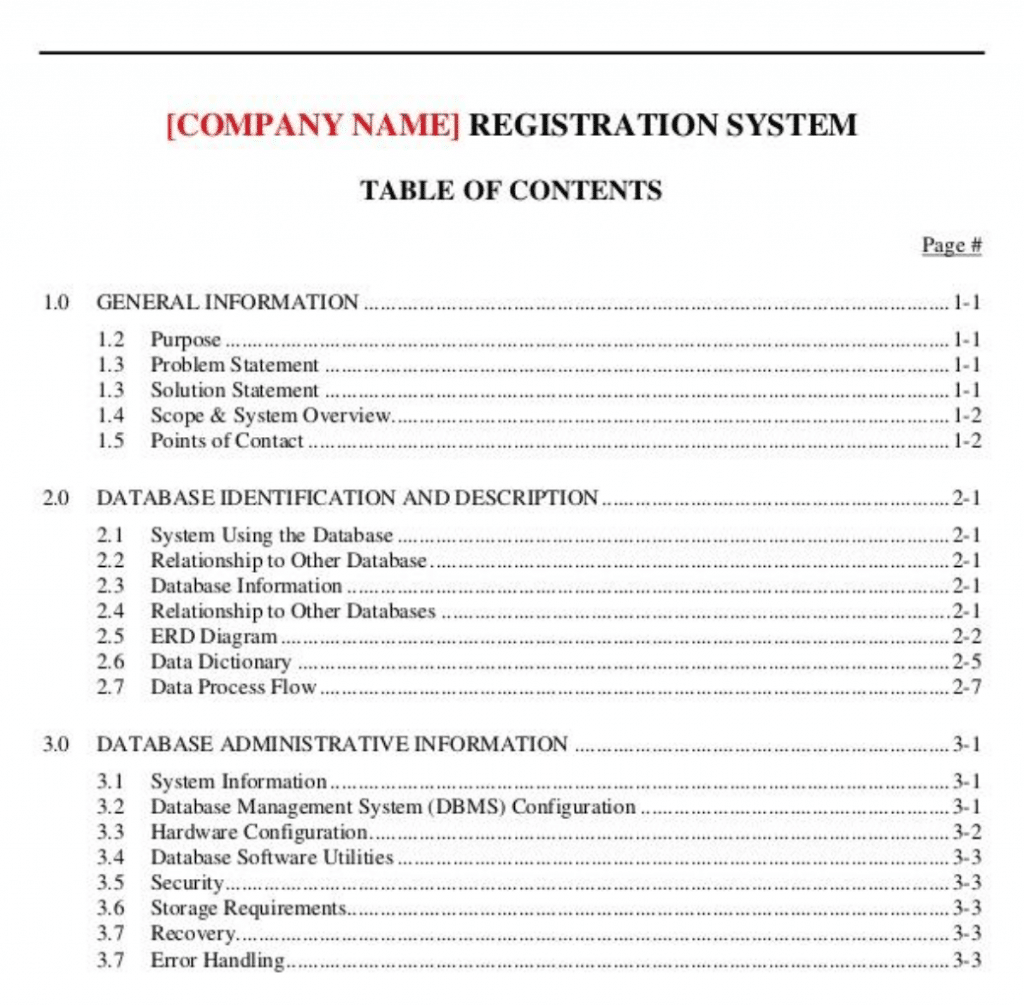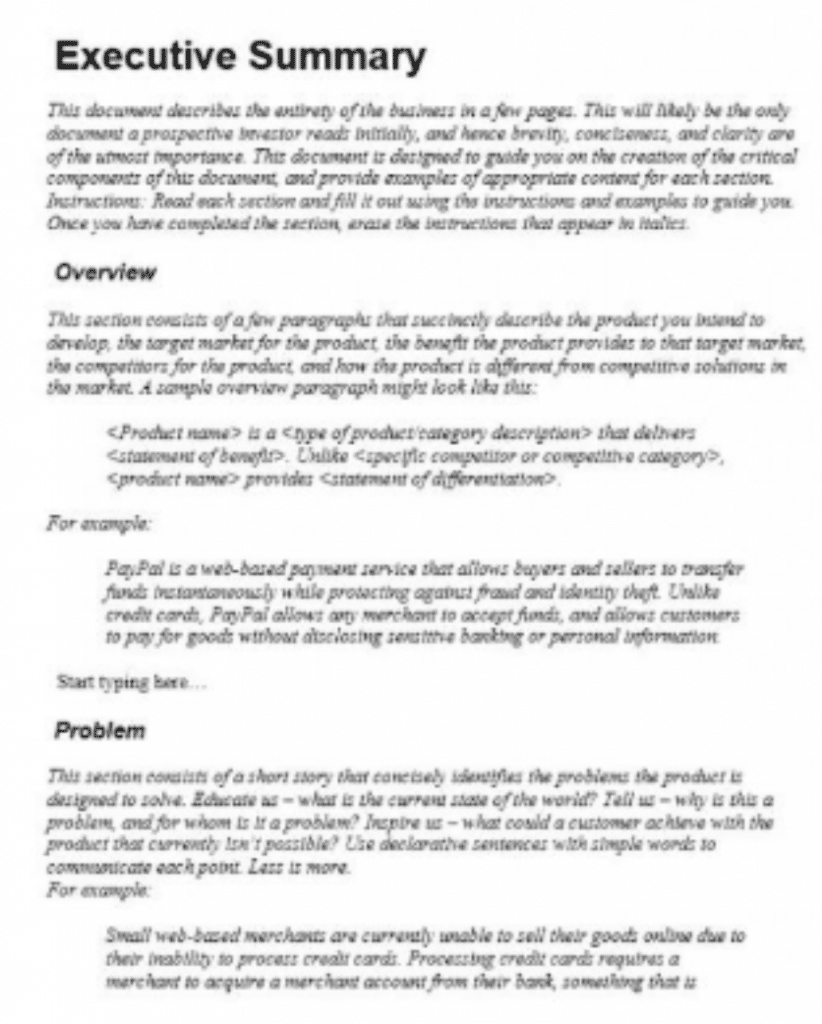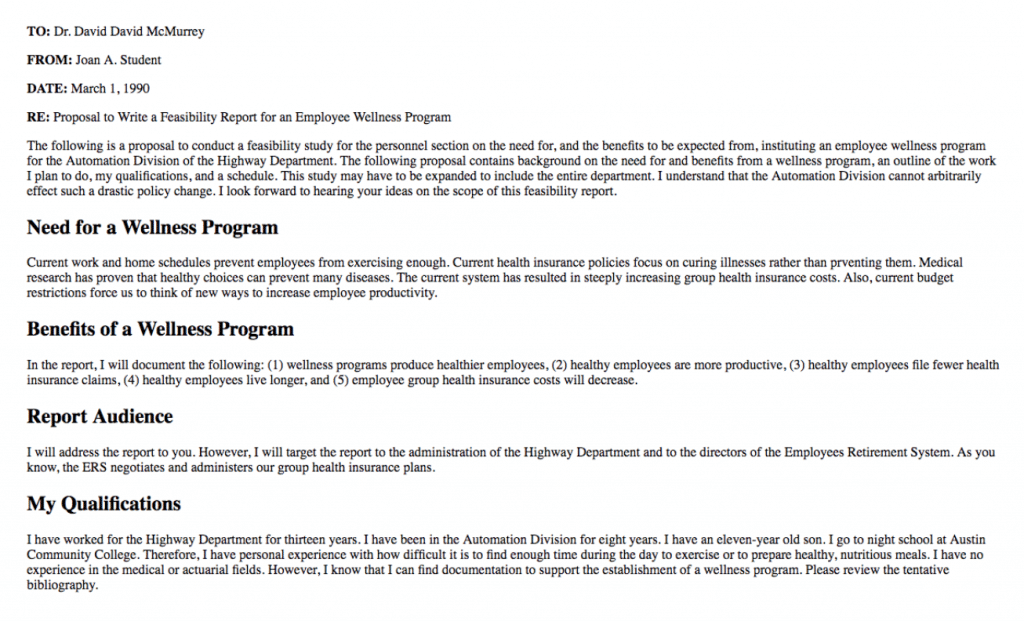Business proposals are documents designed to get someone else to buy another company’s products and/or services and are the lifeblood of many businesses. They’re one of the most critical parts of the sales process. Despite their importance, however, many businesses struggle with creating successful business proposals for the sheer fact that they don’t know how to effectively write them. In the following guide, you’ll learn how to write a winning business proposal that’s guaranteed to convert.
What is in a Business Proposal?
Business proposals consist of eight different sections:
- The Cover/Title Page
- Table of Contents
- An Executive Summary
- A Statement of Work
- The Proposal Body (which summarizes your solution, as well as the methodology)
- Qualifications
- Benchmarks (optional)
- Proposed Delivery Schedule
- Costs and Payment Schedules
The Cover Page
Your cover page is the first thing a potential new client will see. As such, it should be aesthetically pleasing and branded for your business. It should also be simple – yet well-organized and informative – and contain the following:
- Name of Proposal
- Potential Client Company Name
- Contact Name
- Contact Phone Number
- Company Address
- Submission or Due Date
- Your Company’s Name
- Your Name
- Your Phone Number
Your cover page should also include a proposal title. It’s important that your title captures the essence of your proposal in a few short and descriptive words. If you’re stumped for ideas, wait until you’ve finished the rest of the proposal before committing to a title. This will give you time to develop exactly what you want to say. Here are a few tips additional tips to help:
- Avoid using the word ‘proposal’ in your title
- Tailor it for the company and industry you are addressing
- Choose a few compelling words, like a remarkable, improvement, announcing, promote, suddenly, increase, discover, and amazing
- Delete or replace negative words, such as vulnerable, loss, or incapable
Table of Contents
Your business proposal should be streamlined, succinct, and well organized. For this reason, many companies do not include a table of contents.
Projects that require a lengthier business proposal should always include a table of contents for navigational purposes, however. This saves people time by pointing them to the exact section and information they need.
You can use an outline to format your table of contents. List each section inside your proposal, and then place the topics covered for each below its respective heading.
- Executive Summary
- Statement of Work
- Proposal
- Body
- Qualifications
- Proposed Delivery Schedule
- Costs and Payment Schedules
- Appendix
The example below shows how the table of contents should be set up with a proposal to give the reader an idea of where they might want to jump in the document:
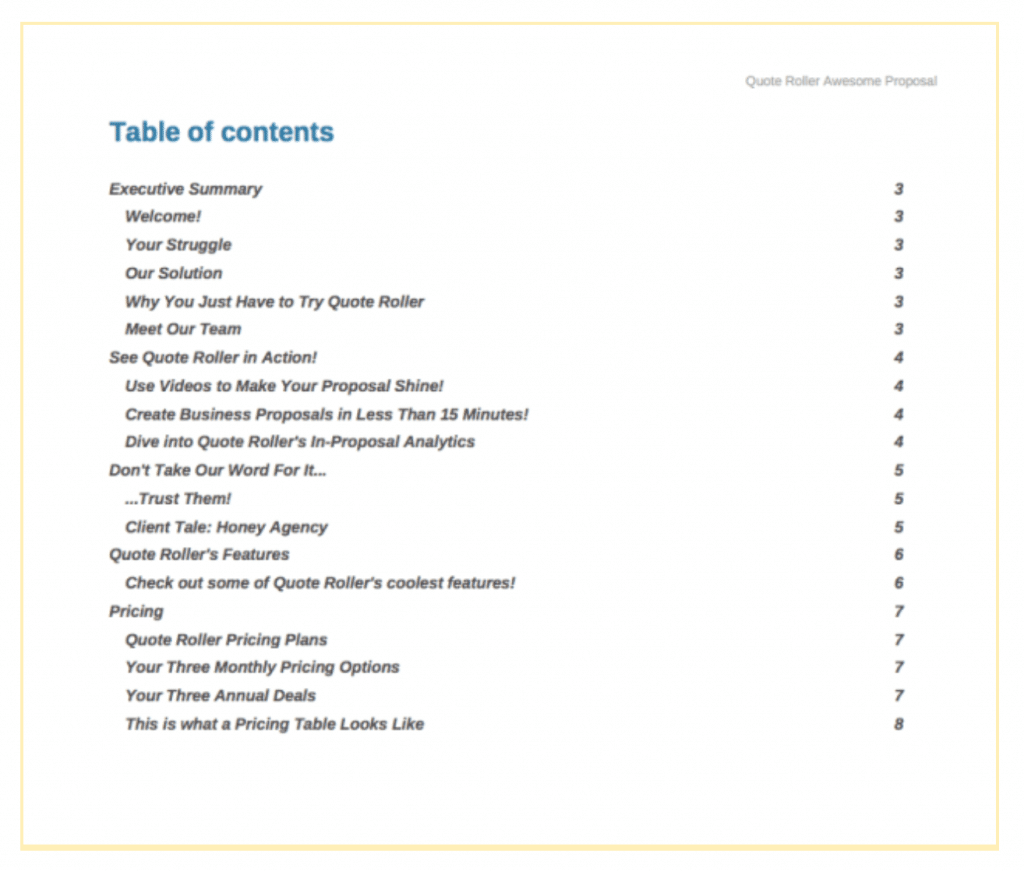
This proposal for a project outlines the different documents that are inside the proposal neatly. It allows the user to jump to the section that they need:
Check out our roundup of the Best Marketing Automation Software
Executive Summary
Your executive summary is one of the most important parts of your proposal: it should explain why your company is the right choice for the proposed project (whether you’re choosing to work within the U.S., or searching for a business project in Europe), so approach it empirically and use powerfully persuasive phrases. These phrases are explanations of who you are, what you do, what you want. Don’t just tell, explain your overall goals.
Since your executive summary is one of the first things someone is going to read, it needs to sell your solution to the client’s problem in a succinct, yet compelling manner that focuses specifically on one thing: results.
If your executive summary is weak, the likelihood that someone will continue reading the rest of your proposal is slim, so make it good. Here are a few do’s and don’ts to help guide you along the way:
Do’s
- Do use concise language that guides your potential new client directly to your main point
- Do briefly emphasize exactly what your brand has to offer
- Do concentrate on the projected outcomes
- Do review and revise your executive summary after you have completed the body of your proposal
Don’ts
- Don’t include hyperbole or fluff to sound technically superior
- Don’t rush through writing your summary
- Don’t ramble on endlessly or be painfully redundant
- Don’t be arrogant or criticize your competitors
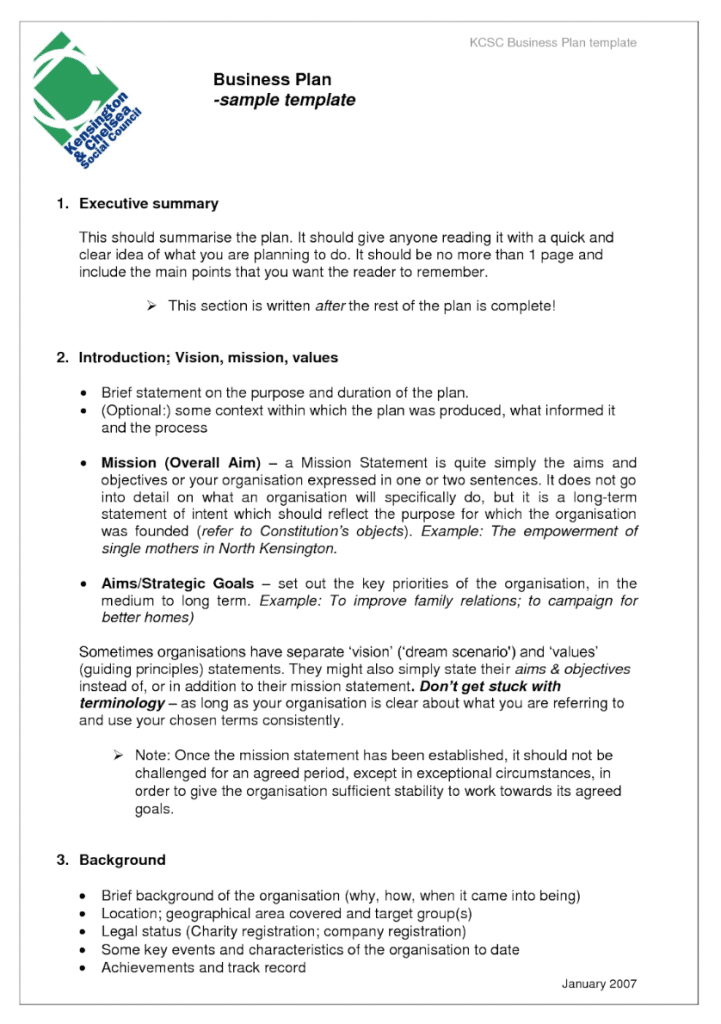
And here are a few examples of strong executive summaries:
This provides an in-depth, well thought out summary that has all of the information needed for an individual to get a better sense of what’s inside the proposal. This example lays everything out neatly and succinctly:
While not as structured as the first example, this one provides the reader with a way to quickly skim through the contents of the proposal. It gives a clear idea of what is to come in the next pages:
This is a well thought out summary that is not only executed well but structured perfectly since it identifies the problem and identifies the solution. With this summary, it provides not only a way to read more about the proposal, but it shows that the writer took the time to lay everything out in a quick-to-read pace.
Statement of Work
A statement of work explains the work that will be done, from a high-level perspective. It’s essentially a very short version of the proposal itself. A good statement of work will answer the following 9 questions:
- How do you perceive the potential client’s brand?
- What are the pain points and issues?
- What do you plan to do to resolve these?
- What are the steps you’ll take to implement your solutions?
- What should be noted as not included in your proposed resolutions?
- How will successful outcomes be calculated?
- What is the timeline from implementation to fruition?
- What investments are involved?
- How will potential risks be mitigated?

This example shows the problem statement and the solution that they are proposing. It gives a clear idea of what they are trying to solve with their idea:
This scope of work is outlined in the proposal in a nice, short and sweet paragraph that states exactly what the writer is looking to obtain or their specific goal. It shows what the outlook is for the next year and so on.
TIP: when you’re answering these questions, focus solely on the client and their business. Don’t make this section about you. You’ll sell why you’re the best solution in the proposal body.
Business Proposal Body
The body of your proposal is the true “meat” of it. Your goal with the proposal body is to provide as much information as you can regarding your company and your solution.
This is where you’ll elaborate why you’re the single-best solution to your prospects problems. Good business proposals always answer who, what, where, when, why and how. When you’re writing the proposal body, here are some questions to keep in mind:
Who?
- Who will do the work?
- Who will oversee implementing your solution?
- Who will that person or group turn to in the event of a problem?
What?
- What are the company’s main concerns?
- What must be done in detail?
- What are the associated risks and how will these be mitigated?
Where?
- Where will the work take place? Onsite? Remotely? A combination of the two?
When?
- When will work commence, and for how long?
Why?
- Why is this what you’re proposing the best approach?
How?
- How can you help?
- How will communication be handled? Via phone calls? Email? Skype? Video conference calls?
Detailing the answer to each of these questions will provide critical data the end reader needs to make a decision about what you have to offer best meets their needs. This information also offers insight as to whether you have the knowledge, power, and resources to effectively implement what you’re proposing.
As you write the proposal body, be sure to consider the what-ifs. It’s a good idea to include a caveat section that addresses these contingencies if details suddenly change. You cannot predict everything that will happen, so you need to be prepared for the possibility of shifting circumstances.
This is an ideal body because it explains who they are, as well as what they are doing, what they offer, how they can help, etc. All of the necessary information is put into the body and then it is nicely laid out for all to see:
Again, this is a nice body that provides the reader with the who, what, where, when and how questions answered. This proposal body neatly lays everything out and is not too wordy, which allows the reader to skim through the information and obtain the answers they seek before moving forward.
Qualifications
This section explains your qualifications.
- What is your company’s experience in providing the proposed solution?
- What’s your success rate been?
- Do you have unique training and/or certifications that your competitors do not?
Brag a little. This is your time to shine. Also be sure to introduce any collaborators who will be involved, as well as their respective qualifications.
This proposal shows the qualifications right under the audience section. It gives an in-depth look into the person and what they have in their background so that the reader can get to know who they are better:
This example shows the qualifications that the proposed book business would have and why it would be a legitimate business. It is a great way to show that the person has done their research and backs it with claims:
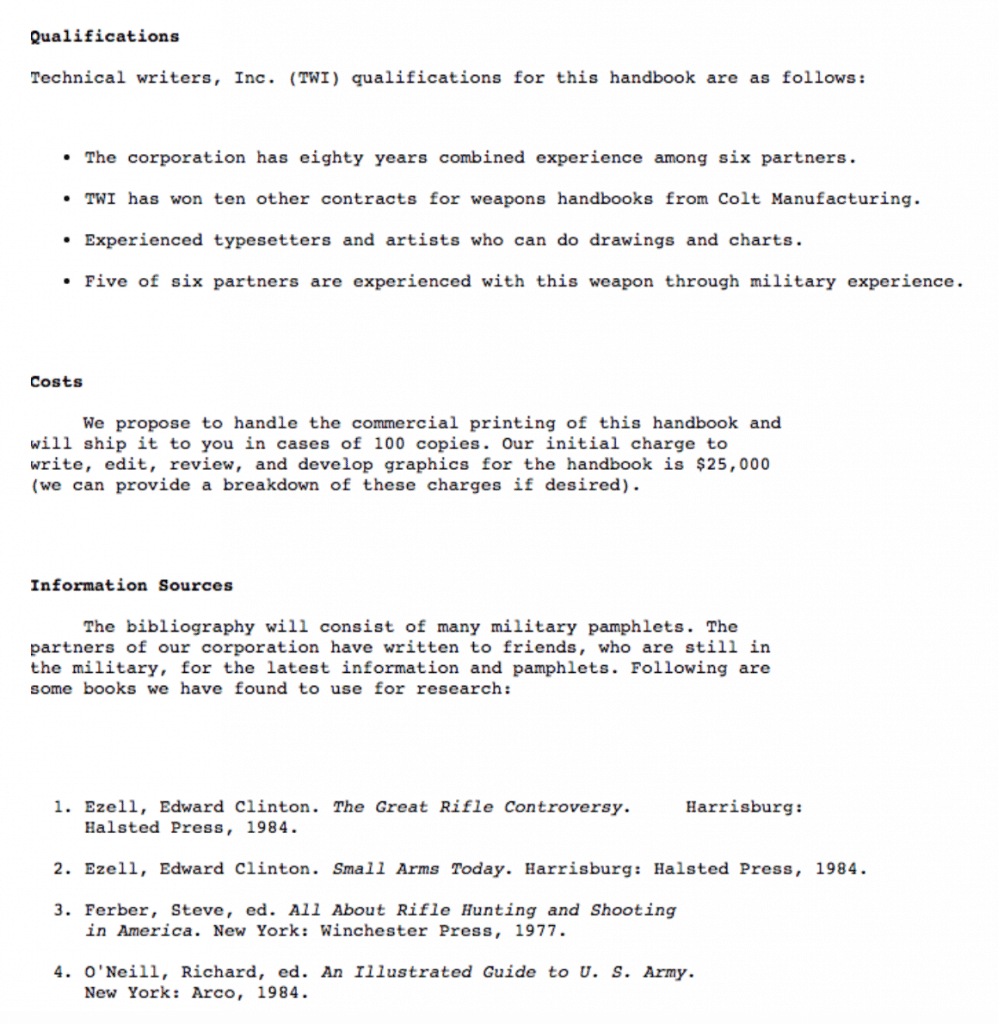
Proposed Delivery Schedule
Be sure to include a timeline as a roadmap to lead your potential client down the path of your solution. Benchmarks indicate the successful completion of each phase along the resolution timeline. Transparency is essential so be sure to include realistic benchmarks. Clear communication is an important key to building lasting professional relationships.
This proposal piece lays out not only the project delivery but does it by stages and dates so that the receiver knows what is coming in and when it is coming in:

Costs and Payment Schedules
In this section, you’ll explain your fees, as well as associated due dates. Keep in mind that in this section, persuasive language can be a powerful conversion tool. Your potential client will be more agreeable to investing in your proposal than paying a fee.
Use your designated benchmarks to determine for specific due dates for payments, so that everything fits together nicely. Also be sure to calculate all the labor and costs involved with implementing your proposed solution. Many experts recommend overestimating at least a little to cover any unforeseen expenses. They have a reputation for cropping up, especially if they were never configured into the projection. It is always better to have unused resources than unexpected expenses you’ll most likely have to eat out-of-pocket.
This is an in-depth form that shows what money is needed, where it is going, how it is going to be paid back. This is an ideal way to spread everything out and show all of the numbers:
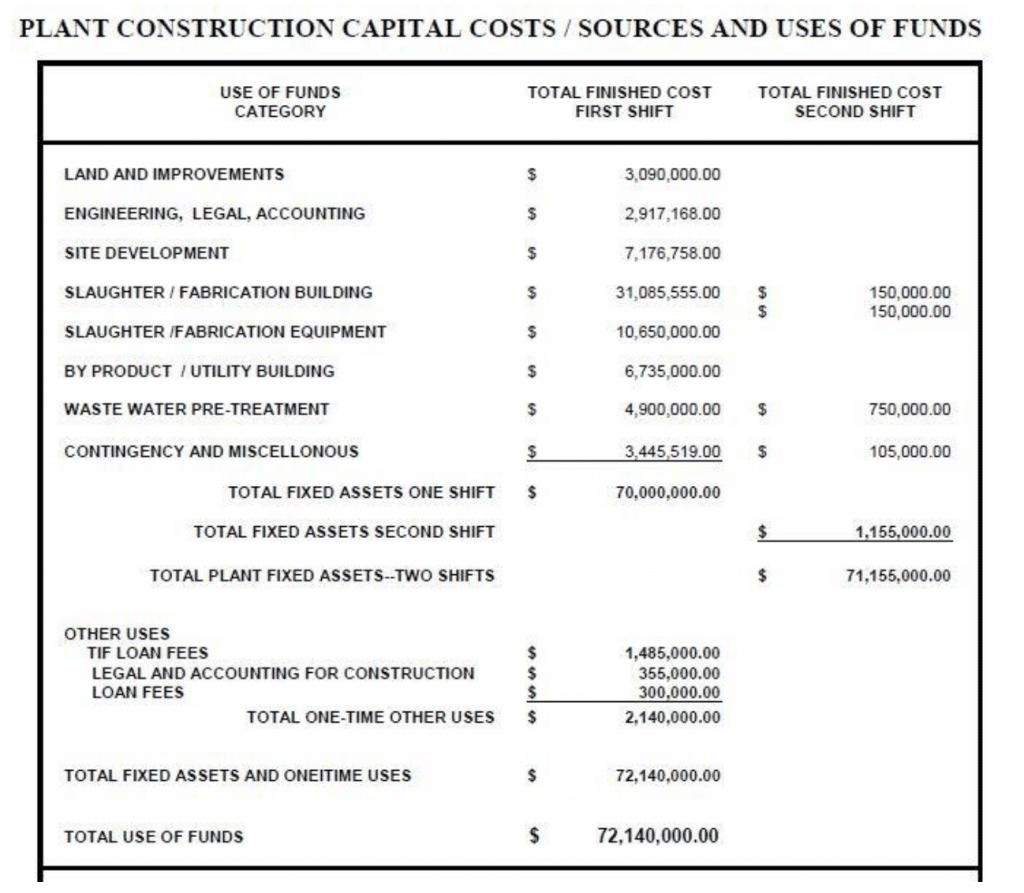
This example shows a project proposal with the prices that are laid out in a graph directly below it. This is ideal when you want to show where the money is going to be allocated:

This lays out a different type of proposal which allows the user to go through and mark off the many areas that require monetary arrangements. Again, graphs are used to make the numbers easy to read and find in the proposal:

Business Proposal Appendix
If there’s additional information you would like to convey, outside of what you’ve already included in your proposal, the appendix is where you should do so. The most common information found in the appendix includes things like:
- Client Testimonials
- Resumes
- Case Studies
Business Proposal Tips for Success
Carefully review your business proposal to ensure all the requirements have been fulfilled. Ensure that there are no typos, misspellings, or grammatical errors. It should be clean, clear, and flow smoothly. Many times, business proposals are rejected simply because they are sloppy, even if the resolution presented is sound.
- Include data that backs up all of your claims
- Add in visuals to get their attention
- Always read and re-read what you write. Read it out loud. There should never by typos!
- Remember who you are, your brand, your company when writing
- Send everything electronically and give the option of all things electronic – including signatures
Sending the Proposal
Congratulations, you now have a business proposal that you know is going to knock the socks off of your prospect. Now, you just need to send it.
More often times than not, you’ll be sending your business proposals via email. And this email is what often separates the winners from losers. Don’t skimp on investing the time to create a compelling email, simply because you’ve already spent so much time on the proposal itself. It’s an extremely common mistake and one that should not be overlooked.
Here’s everything it should include:
- Gratitude statement
- Problem and financial impact it has
- The desired outcome
- The solution proposed
- The price proposed
- How the risks will be reduced
- The next step that needs to be taken
Below are 2 good examples you can glean insight from:
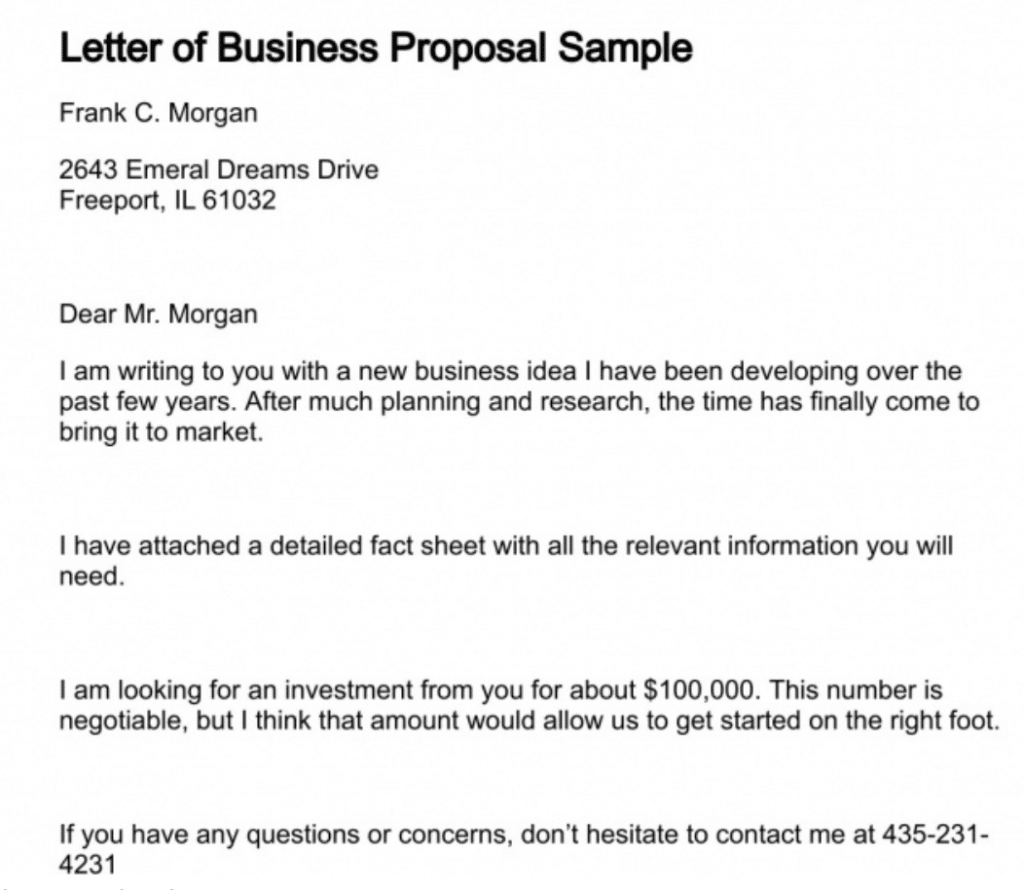
Specific Business Proposal Formats
Unfortunately, there’s no one-size-fits-all approach to writing business proposals, and what’s contained in each will vary greatly depending on the industry. Depending on the niche you work in, following the exact business proposal format outlined above might not make the most sense.
For example, business proposals for marketing and advertising should be packed with powerful visuals. For proposals for bank loans, you’ll need to include extra information such as why you need the loan, how much you need, your plan to repay the loan, as well as a backup plan for repayment. This is all information that the bank is going to need to determine whether they can approve your request.
While bank proposals are different than standard business proposals, where a business is trying to get another business to buy their products and/or services, the premise is still the same. You’re trying to sell someone on why they should approve your request for funding.
For restaurants proposals, you need to focus on why you would like to open a restaurant, as well as how you will maintain it. You need to be able to show what you’re going to serve and why customers would want to come and eat there. Showing the reasons behind why you’d be profitable and how you’d make this happen are key to proposal acceptance. Restaurant proposals are similar in concept to bank loan proposals: you’re selling someone on why they should work with you.
For nonprofits interested in applying for government grants, these proposals need to explain the reasons behind applying for this type of money. No one is going to give away money without seeing the return, as well as the reason for giving it. A big part of this type of proposal is the why, so focus heavily on why you need the funding, as well as what you are going to do with it to put good out into the world.
At the end of the day, every industry requires a different type of format, and when you’re writing your business proposal, it’s important to take into consideration the purpose of the proposal in the first place. Obtaining funding will rely heavily on financials, while a new product or business launch will rely heavily on the problem your solution solves.
Also, always make sure you remember who you are addressing and what’s in it for them. Determine their goals and objectives. Use words, images, and evidence to drive decision makers down a path that leads to your proposal being accepted.
Business Proposal Templates & Tools
If you’re reaching the point of feeling overwhelmed and fear that you may not be able to write a winning business proposal on your own, you’re in luck. There are a variety of different resources available to you to help guide you along the way. Some are free, while others are paid.
Here are some of our favorites:
Free Templates
- Law Depot – Law Depot has a treasure trove of templates to choose from, depending on your needs.
- BPlans – BPlans is one home to both business proposals and business plans of all types.
- Proposable – Proposable has a wealth of proposals to choose from, regardless of your needs.
- Proposify – Proposify has nicely designed proposals for a variety of different purposes, including business and funding.
- Rocket Lawyer – Rocket Lawyer makes creating proposals a snap. Simply find the template you’re looking for, fill in the information, and send it off.
Paid Software
- Capital West Advisors – Capital West Advisors provides top of the line, expert created business proposals for pretty much every niche.
- BizTree – BizTree promises business proposals done right through the use of a service that asks questions, gets answers and puts the proposals together for you.
- Optimal Thinking – If you’re looking for a proposal that looks sleek, upscale and professional, Optimal Thinking is for you.
- Business Proposal Writing Service – Business Proposal Writing Service is a little smaller, but provides a touch of care that you won’t find with bigger names. Their proposals are high quality, professional, and affordable.
A business proposal provides the end reader with more information about what it is that you have to offer. Every business is different. Make your proposal stand out by following the guidelines outline above. Invest the time and resources so that your business truly stands out from the competition. While the work may be tedious, it’ll pay off in spades in the long run.


